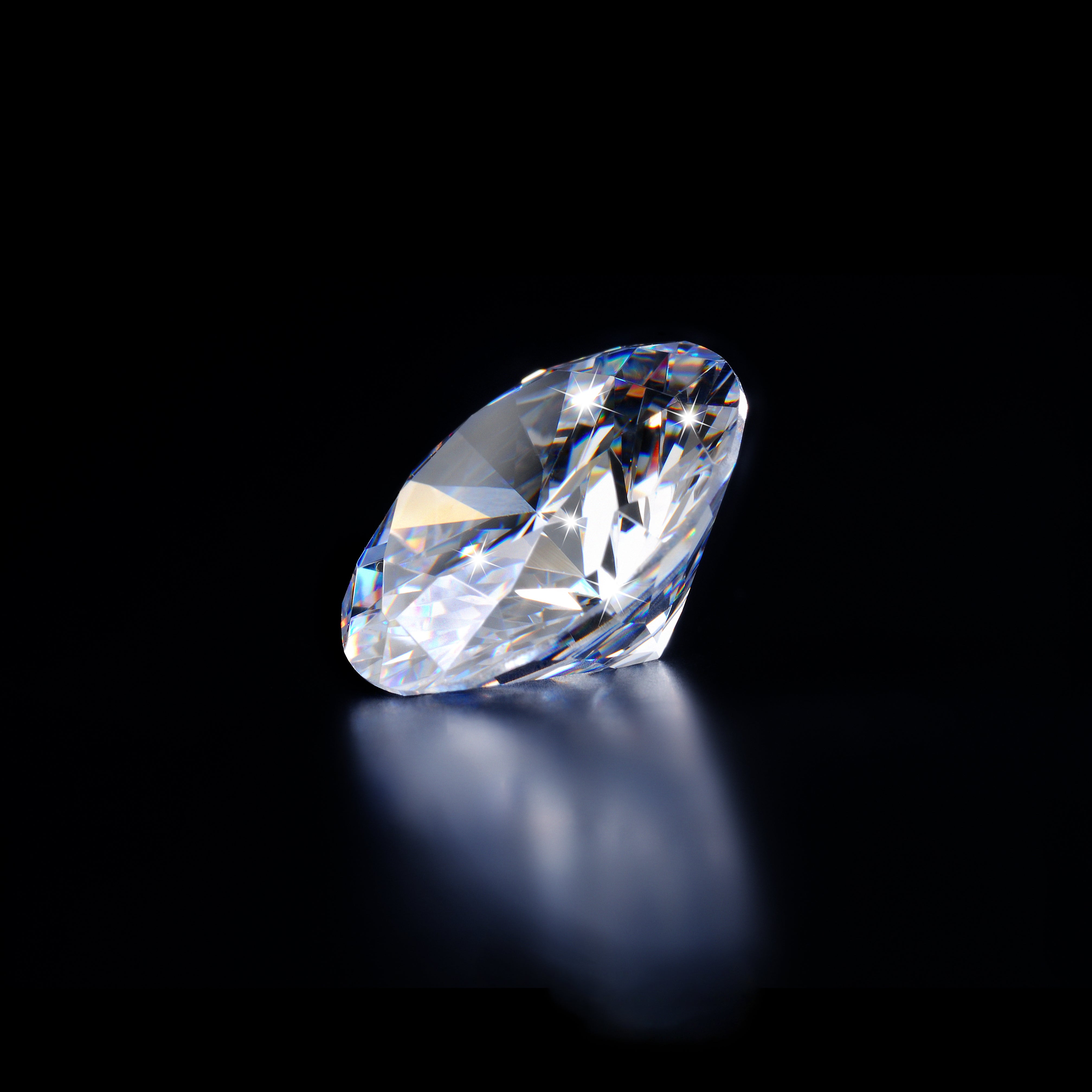Symmetry and polish are two criteria that play a significant role in determining how intense the brilliance and fire of a diamond are. They are also closely linked to the cut grade of the diamond, as these factors influence each other. But what exactly do we mean by polish and symmetry? In the series "Quality Criteria of a Diamond", articles on the evaluation of diamonds appear on our blog from time to time.
Symmetry for maximum brillance
Symmetry is evaluated on a scale from excellent to poor under 10x magnification. This criterion is about the arrangement and design of the facets of a diamond. The facets should be symmetrical to each other, and like facets should be the same size and evenly cut. The facet tips of the top and bottom of a diamond should also be directly adjacent to the girdle. The girdle is the line that separates the top and bottom of the diamond, and it too must meet certain criteria. On the one hand, it should be linear and parallel to the table, which is the largest of the cut facets at the very top of the diamond. On the other hand, it should be uniformly wide, but again not exceed a certain thickness. Only when the facets of a diamond are ideally symmetrically arranged and evenly cut can the diamond reflect as much incident light as possible and thus fully develop its brilliance. Minor flaws in the symmetry are normally not visible to the naked eye, but only under high magnification. In fancy cuts, however, the symmetry has a greater impact on the appearance than in classic brilliant diamonds. For example, in a heart cut diamond, it is more noticeable if the sides are not 100% symmetrical or if the facets have irregularities.
Polish: Perfection is hardly achievable
The polish or polishing also contributes to the radiant beauty of a diamond. Again, the diamond is graded at 10x magnification on a scale of excellent to poor. Just as for cutting, diamond dust is used for polishing because the diamond is so hard that it can only be cut or polished by another diamond. However, the polishing process can leave marks on the diamond, which in turn affect the reflection of the incident light and thus the brilliance and fire. This is because a diamond has different hardnesses in different places, and therefore some areas are easier to polish, while damage can occur in other areas. Features that are considered negative here are polish marks, scratches, dents, extra facets, streaks, burn marks, or scuffs. It is extremely rare to completely avoid these polish residues. However, the less damage caused during polishing, the better the polish rating will be, of course. Only diamonds that achieve the clarity grade 'Flawless' do not show any polish marks.
Symmetry and polish both also play a role in the grade evaluation. A diamond with large deficiencies in symmetry or polish marks that are clearly visible to the naked eye will thus also receive a lower rating in the cut grade. Diamonds that receive a rating of excellent in all three categories are referred to as "Triple Ex" diamonds. If you would like to learn more about the cut of diamonds, please read our blog post about it here.
Image: Adobe Stock | 329334703



Share:
Surat: the diamond cutting capital of the world
Series “Quality criteria of a diamond”: Fluorescence